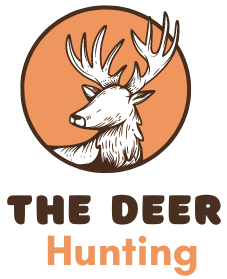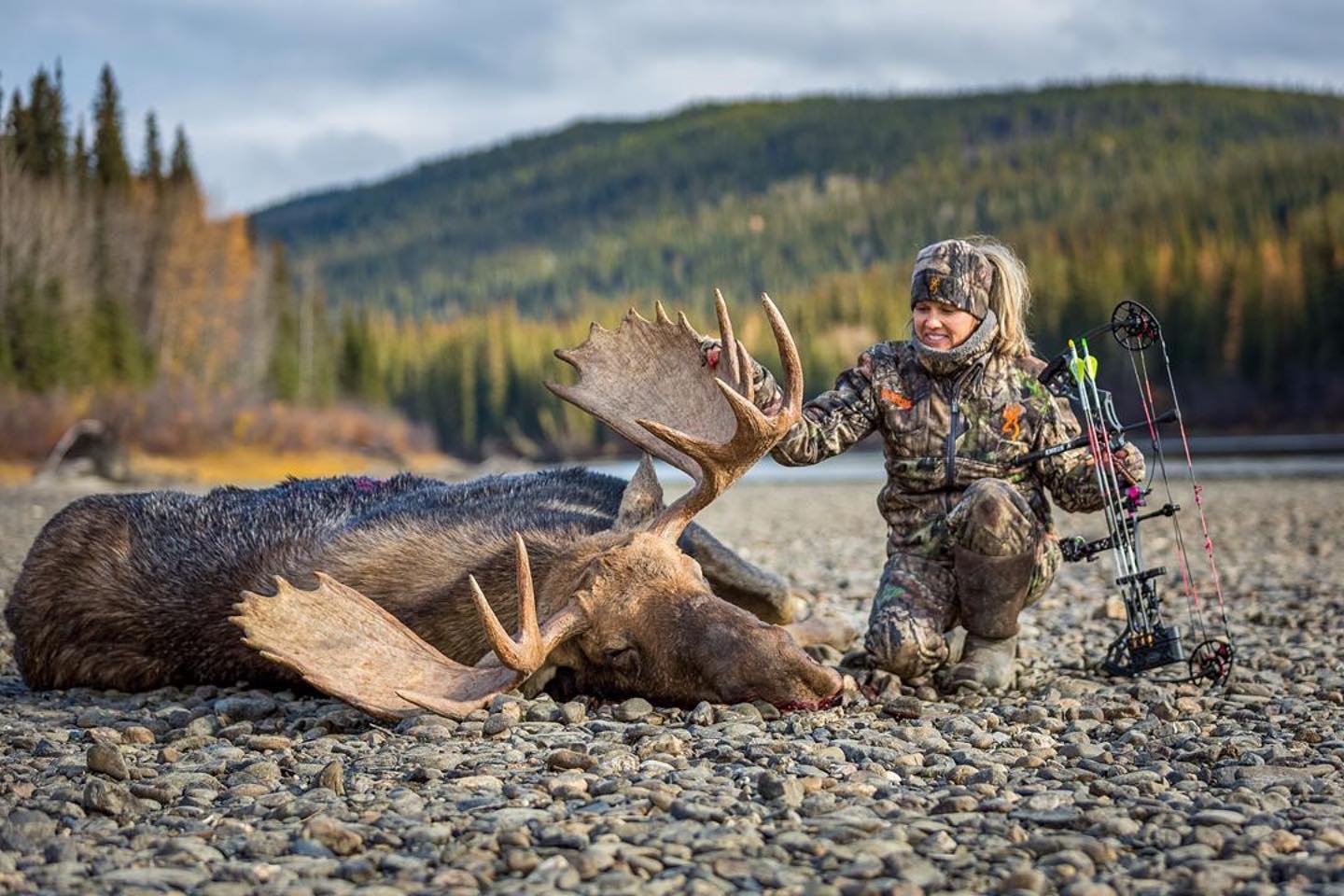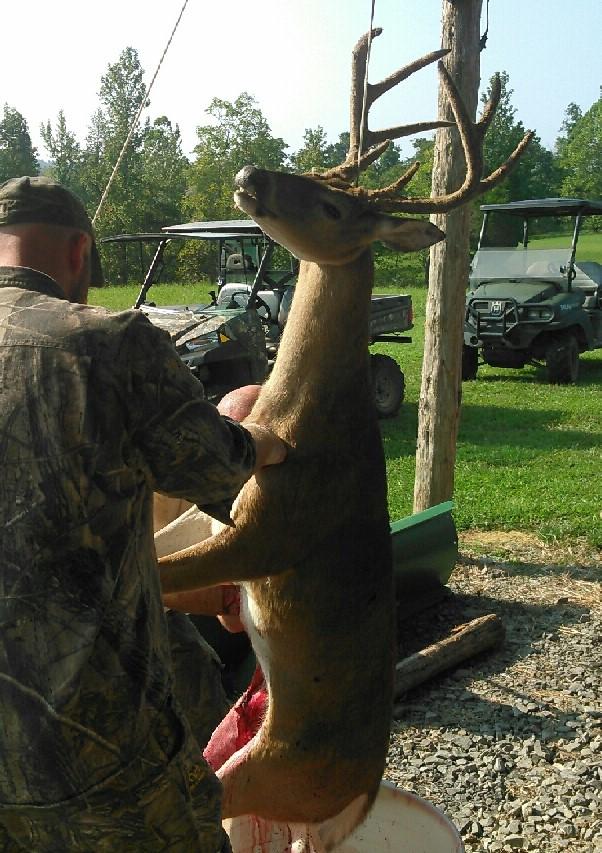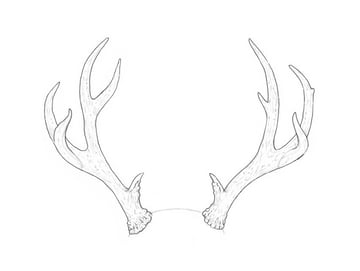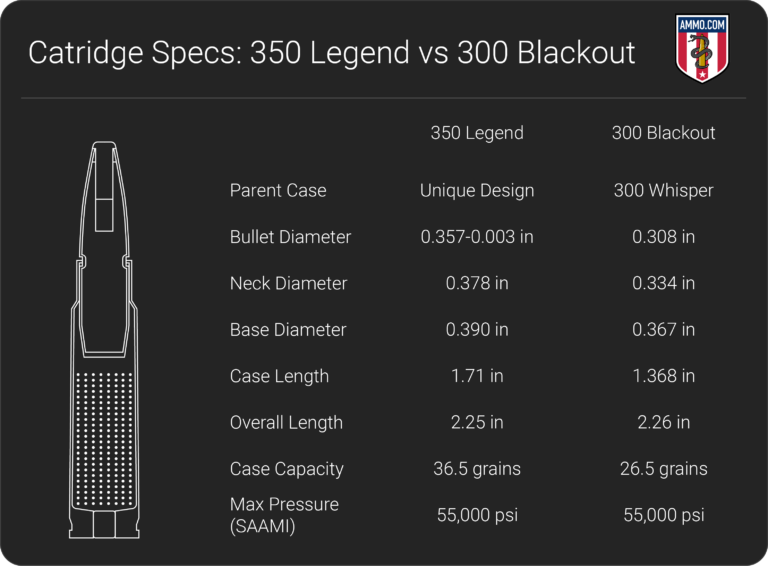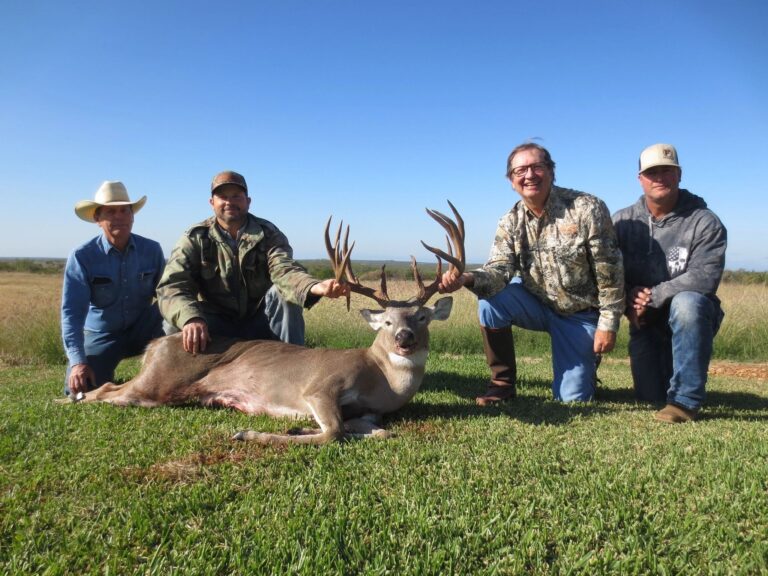Deer Hunting How to for Beginners: Expert Tips and Techniques
Deer hunting is a popular outdoor activity. It’s thrilling and rewarding.
If you’re a beginner, this guide is for you. Deer hunting can seem intimidating at first. But with the right tips, you can enjoy a successful hunt. Learning the basics is crucial. Knowing where to start makes the journey easier.
From choosing the right gear to understanding deer behavior, we’ll cover it all. This guide aims to make your first hunt an exciting experience. So, let’s dive into the world of deer hunting and equip you with the knowledge you need. Ready to get started? Let’s make your first hunt a memorable one!
Introduction To Deer Hunting
Deer hunting is an exciting and rewarding outdoor activity. It requires patience, skill, and knowledge. For beginners, it can be a bit overwhelming. This guide aims to help you get started with deer hunting. From preparation to understanding deer behavior, you will find all the necessary information here.
Importance Of Preparation
Preparation is the key to successful deer hunting. Start by gathering all the necessary gear. This includes a suitable rifle or bow, camouflage clothing, and safety equipment. Ensure your weapon is properly sighted in. Practice shooting to improve accuracy.
| Essential Gear | Purpose |
|---|---|
| Rifle/Bow | Primary hunting tool |
| Camouflage Clothing | Blend in with surroundings |
| Safety Equipment | Protect yourself |
| Hunting License | Legal requirement |
Next, learn about the hunting area. Understand the terrain and where deer are likely to be found. Use maps and scouting techniques to identify potential hunting spots. Check weather forecasts to plan your hunt on favorable days.
Understanding Deer Behavior
Knowing how deer behave is crucial. Deer are most active during dawn and dusk. They have excellent senses of smell and hearing. Stay downwind to avoid detection. Move slowly and quietly.
- Feeding Patterns: Deer feed on plants, fruits, and acorns. Locate food sources to find deer.
- Travel Routes: Deer use specific paths to move between feeding and bedding areas. Look for tracks and trails.
- Bedding Areas: Deer rest in thick cover during the day. Identify these areas for better chances.
During the rutting season, bucks are more active and less cautious. This is a good time to hunt. Use calls and scents to attract deer. Be patient and stay alert. Your persistence will pay off.
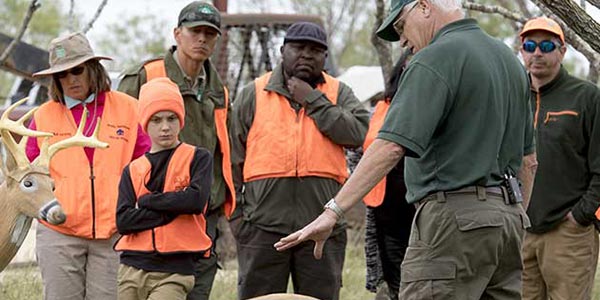
Credit: tpwd.texas.gov
Essential Gear And Equipment
Deer hunting requires the right gear for success. As a beginner, understanding the essential gear and equipment is crucial. This section will guide you through the necessary items, from clothing to weapons.
Clothing And Camouflage
Proper clothing is vital for a successful hunt. Wear layers to stay warm. Choose quiet fabrics to avoid noise. Camouflage helps you blend with the environment. Pick patterns that match the hunting area. Don’t forget gloves and a hat. They keep you warm and concealed.
Weapons And Ammunition
Selecting the right weapon is key. Beginners often choose rifles or bows. Rifles are easier to master. Look for a rifle with a good scope. Practice shooting before the hunt. For bow hunters, compound bows are popular. They offer better accuracy and power. Choose arrows suited for deer hunting. Always carry extra ammunition or arrows. Safety is crucial. Handle all weapons with care and follow safety rules.
Finding The Perfect Hunting Spot
Deer hunting is both exciting and challenging. The first step is finding the perfect hunting spot. This can make or break your hunting experience. Let’s explore the options.
Public Vs. Private Land
Choosing between public and private land is crucial. Each has its benefits.
| Type of Land | Advantages | Disadvantages |
|---|---|---|
| Public Land |
|
|
| Private Land |
|
|
Scouting And Tracking
Once you decide on the type of land, the next step is scouting and tracking.
Scouting involves learning the lay of the land. Look for deer trails, bedding areas, and feeding spots.
Use these tips for effective scouting:
- Use maps and apps to study the terrain.
- Walk the area and look for signs of deer activity.
- Set up trail cameras to monitor deer movement.
Tracking is the process of following deer signs. Look for tracks, droppings, and rubs on trees.
Here’s how to track deer effectively:
- Check for fresh tracks after rain.
- Follow trails to understand deer patterns.
- Pay attention to changes in the environment.

Credit: www.youtube.com
Hunting Techniques
Starting your deer hunting journey requires understanding different hunting techniques. Each method has its own strategies and benefits. Here, we will discuss two popular techniques: Still Hunting and Stand Hunting. These methods can help you get closer to your goal.
Still Hunting
Still hunting involves moving quietly through the woods. The idea is to spot deer before they spot you. To succeed, you need patience and sharp observation skills.
- Walk slowly, about one step every few minutes.
- Use binoculars to scan the area ahead.
- Wear camouflaged clothing to blend in with your surroundings.
- Pay attention to wind direction; it can carry your scent.
Stay low and avoid sudden movements. This technique requires practice and keen senses. It can be very rewarding if done correctly.
Stand Hunting
Stand hunting is waiting in one spot for deer to come to you. This can be done from a tree stand or a ground blind. Positioning is key to this method.
| Element | Details |
|---|---|
| Tree Stand | Offers a high vantage point and reduces scent trails. |
| Ground Blind | Provides cover at ground level and is easier to set up. |
Choose a spot with good visibility and natural cover. Arrive early to set up and remain still. This technique can be very effective during peak deer activity times.
Both still hunting and stand hunting require discipline and preparation. Choose the method that suits your style and the environment you are hunting in. Happy hunting!
Safety Measures
Deer hunting can be an exciting and rewarding experience. But safety should always come first. Understanding and following basic safety measures ensures a successful and injury-free hunt. This section covers essential safety guidelines for beginners.
Hunter Safety Course
Taking a hunter safety course is crucial. It teaches you the basics of firearm safety, hunting laws, and ethical hunting practices. Most states require new hunters to complete this course before obtaining a hunting license.
Here are some benefits of completing a hunter safety course:
- Learn proper firearm handling
- Understand hunting regulations
- Develop ethical hunting habits
- Improve survival skills
Check your local wildlife agency’s website for course availability and requirements.
Emergency Preparedness
Being prepared for emergencies is vital. Always carry an emergency kit with you while hunting. Your kit should include:
- First aid supplies
- Map and compass
- Fire-starting tools
- Extra food and water
- Space blanket
- Whistle
Additionally, inform someone about your hunting location and expected return time. This step ensures that help can be dispatched quickly if needed.
Use these checklists to stay safe and prepared during your hunting trips.
| Safety Measure | Details |
|---|---|
| Hunter Safety Course | Learn safety, laws, ethics, and survival skills |
| Emergency Kit | First aid, map, compass, food, water, fire-starting tools |
| Inform Someone | Share your hunting location and return time |
By following these safety measures, you can enjoy a safe and successful deer hunting experience.
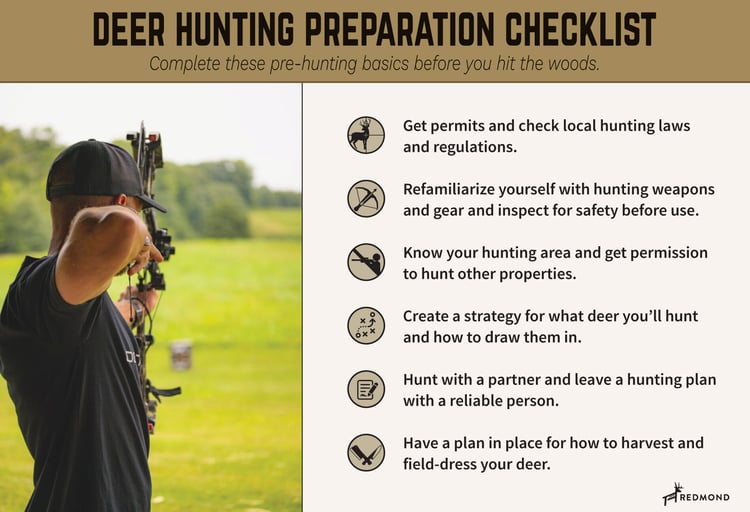
Credit: blog.redmondhunt.com
Ethical Hunting Practices
Deer hunting can be an exciting and rewarding experience. Yet, it is crucial to follow ethical hunting practices. These practices ensure respect for wildlife and the environment. They also promote fair chase principles. Below, we dive into important aspects of ethical hunting.
Fair Chase Principles
Fair chase principles are about giving the deer a fair chance. Hunters should avoid using unfair advantages. This means no high-tech gadgets that make hunting too easy. The hunt should be challenging. This respect makes the hunt more rewarding.
These principles also include following hunting laws. Always hunt in designated areas. Stick to the hunting season. This keeps deer populations healthy. It also respects the rights of other hunters and the community.
Respect For Wildlife
Respecting wildlife is about more than just following rules. It means valuing the life of the deer. Take clean, responsible shots to ensure a quick, humane kill. Avoid taking shots that are too risky. This reduces the chance of wounding the animal unnecessarily.
After a successful hunt, use as much of the deer as possible. This shows respect for the animal’s life. It also reduces waste. Many hunters donate meat they cannot use. This helps others and respects the hunt.
By following these ethical hunting practices, beginners can enjoy a fulfilling hunt. They can also help maintain a healthy deer population. Happy hunting!
Field Dressing And Processing
Beginner deer hunters need to learn field dressing and processing to ensure meat stays fresh. Quick, efficient techniques are essential for a successful hunt. Proper skills prevent spoilage and enhance the overall experience.
Field Dressing Basics
Field dressing is a critical skill for every deer hunter. It involves removing the internal organs of the deer. This process helps preserve the meat and prevent spoilage.Butchering Techniques
When it comes to butchering, there are several techniques to consider. These include cutting the meat into manageable pieces for further processing. Proper butchering ensures maximum yield and quality of meat for consumption. Deer hunting beginners must learn field dressing and butchering techniques. These skills are essential for harvesting and processing deer meat.| Field Dressing Basics | Butchering Techniques |
|---|---|
| Remove internal organs | Cut meat into pieces |
| Preserve meat | Ensure maximum yield |
| Prevent spoilage | Quality meat for consumption |
Cooking And Storing Venison
Venison is lean, flavorful, and nutritious. But, knowing how to cook and store it properly is crucial. Beginners often find this challenging. This guide will walk you through popular recipes and effective storage methods for venison.
Popular Venison Recipes
There are many ways to cook venison. Some popular recipes are simple to make and delicious. Here are a few:
- Venison Stew: Brown the meat, add vegetables, and simmer in broth for 2 hours.
- Grilled Venison Steaks: Marinate in olive oil, garlic, and herbs. Grill for 4-5 minutes on each side.
- Venison Chili: Cook ground venison with beans, tomatoes, and spices for a hearty meal.
- Venison Sausage: Mix ground venison with pork fat and spices. Stuff into casings and cook as desired.
These recipes make venison tender and tasty. Enjoy experimenting with different flavors and methods.
Proper Storage Methods
Proper storage is important to keep venison fresh and safe. Here are the best methods:
| Storage Method | Details |
|---|---|
| Refrigeration | Store in the fridge for up to 3 days. Wrap tightly in plastic wrap or butcher paper. |
| Freezing | For longer storage, freeze venison. Use vacuum-sealed bags or freezer-safe containers. Label with the date. |
| Canning | Pressure canning is another method. Follow safe canning guidelines to prevent spoilage. |
Follow these storage tips to ensure your venison remains in top condition.
Frequently Asked Questions
What Is The Best Time To Hunt Deer?
The best time to hunt deer is during early morning and late afternoon. Deer are most active during these times.
What Gear Do I Need For Deer Hunting?
Essential gear includes a rifle or bow, camouflage clothing, and a hunting knife. Don’t forget a hunting license.
How Do I Find Deer In The Wild?
Look for deer tracks, droppings, and rubs on trees. Scout areas with food sources like acorns and crops.
How Can I Improve My Deer Hunting Skills?
Practice shooting regularly, learn deer behavior, and study hunting techniques. Join a hunting club for mentorship.
Conclusion
Starting deer hunting can be an exciting journey. Remember, safety comes first. Learn your gear well. Practice your shooting skills regularly. Respect wildlife and nature. Patience is key to success. Join local hunting groups for support. Always follow hunting regulations.
Enjoy the time outdoors. Happy hunting!
